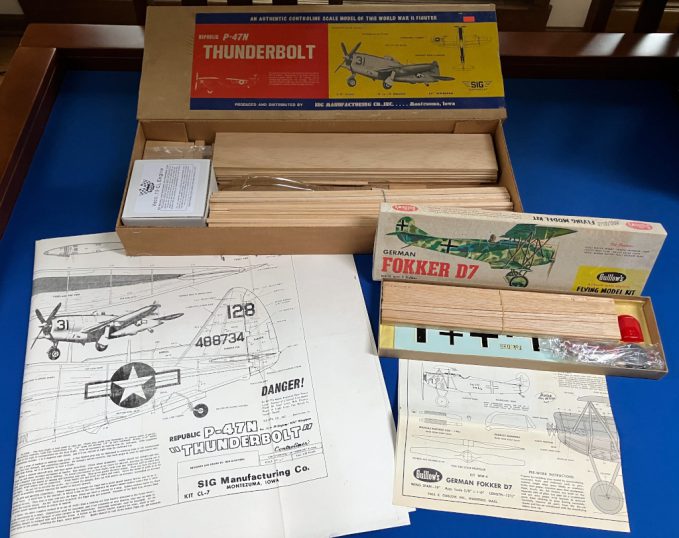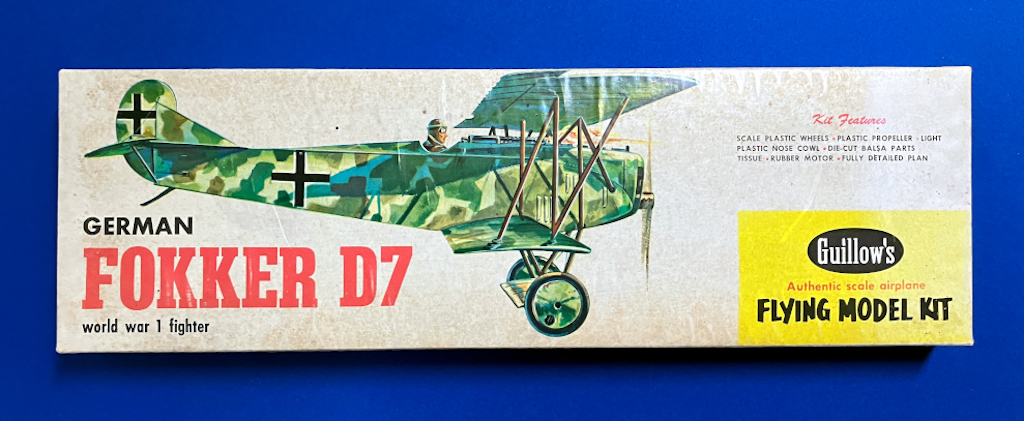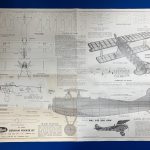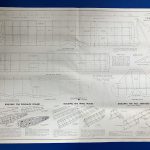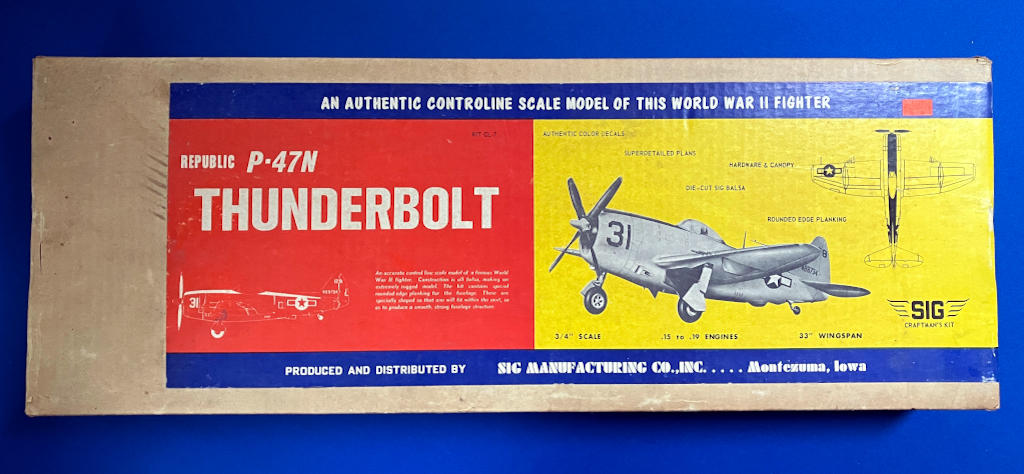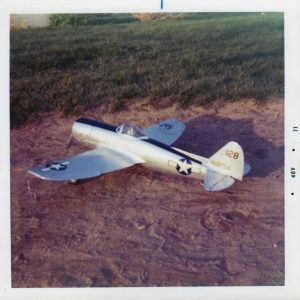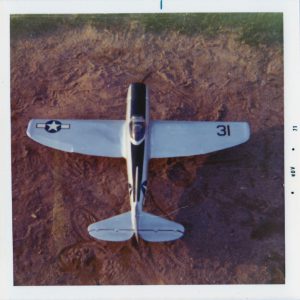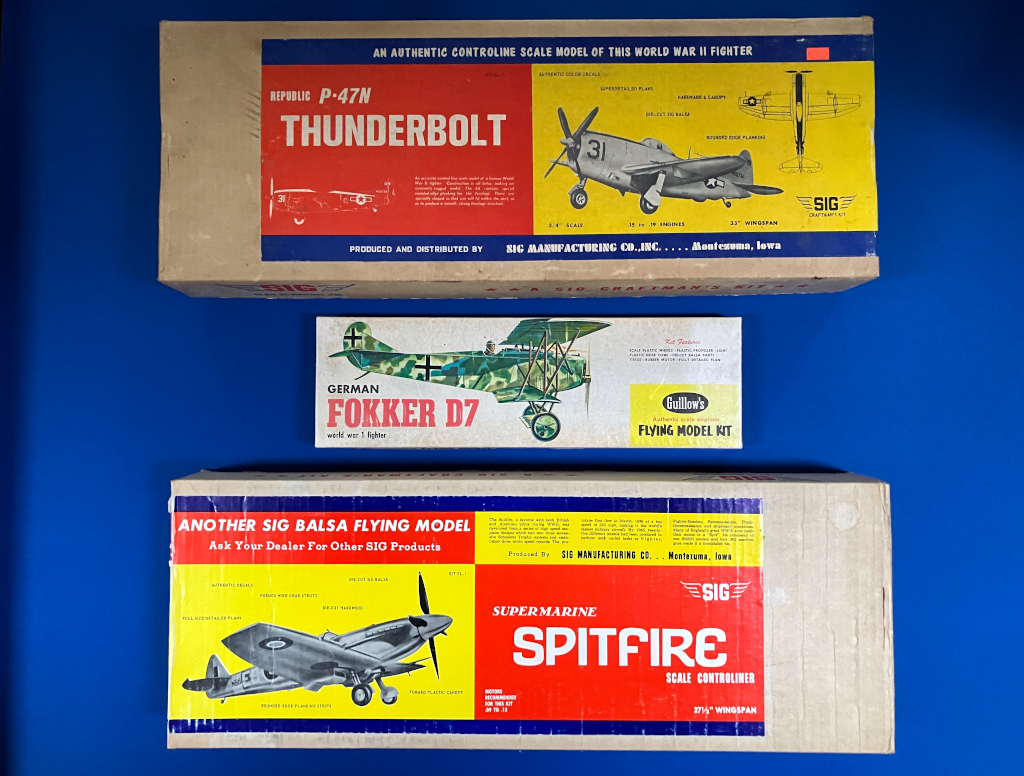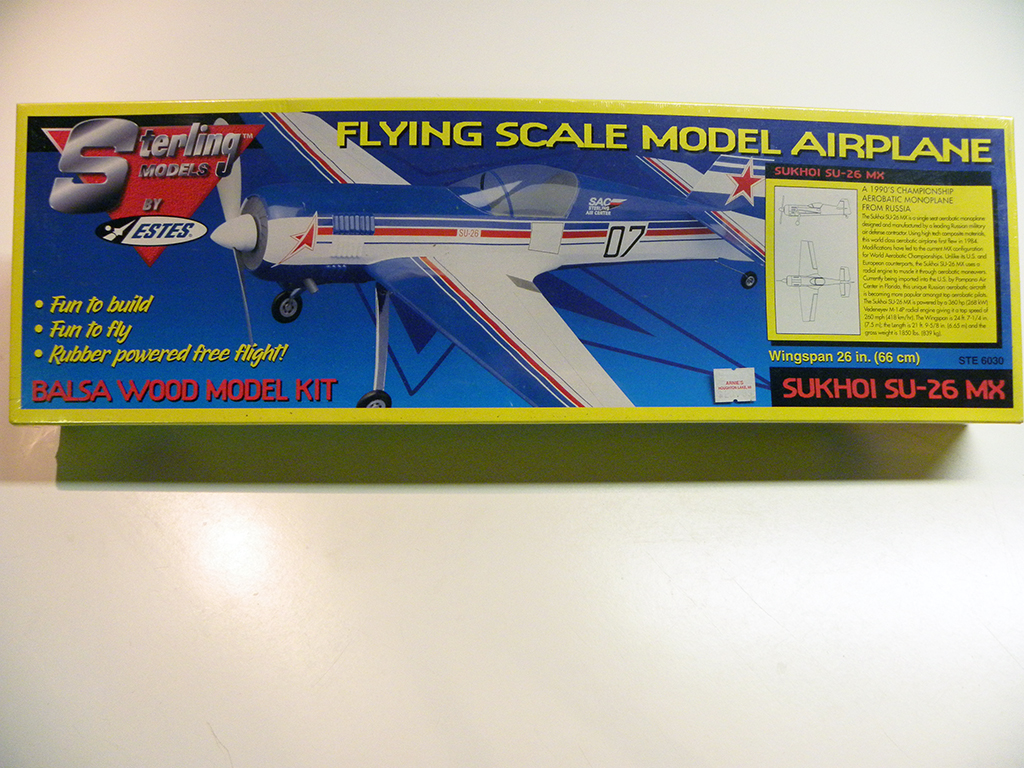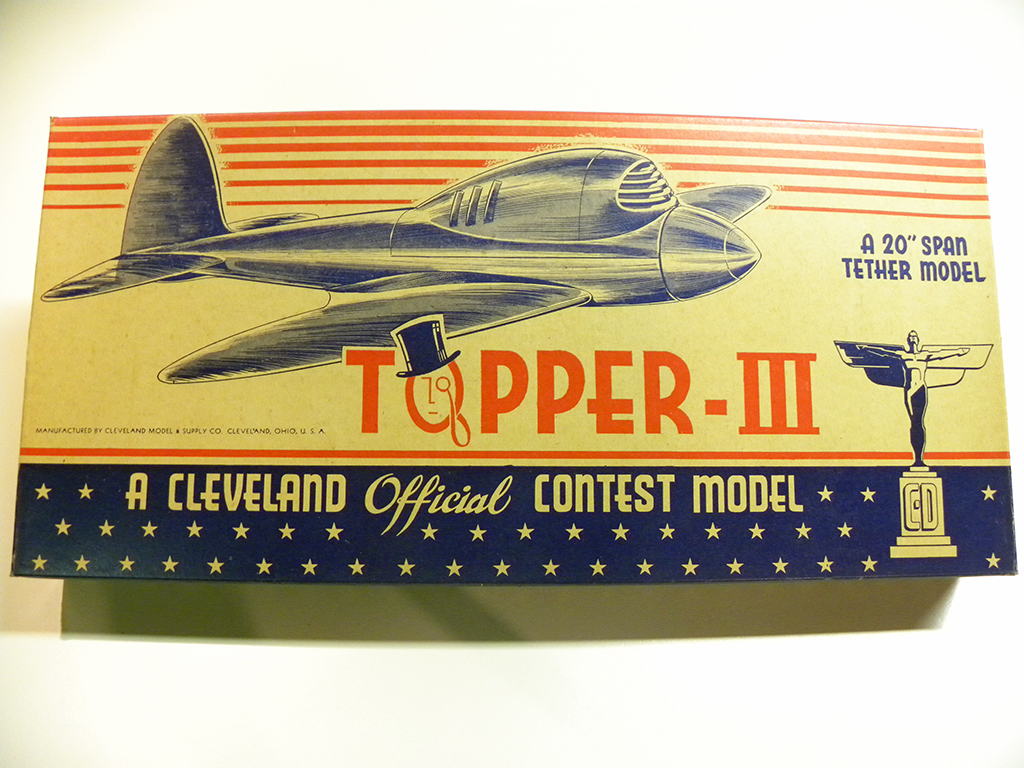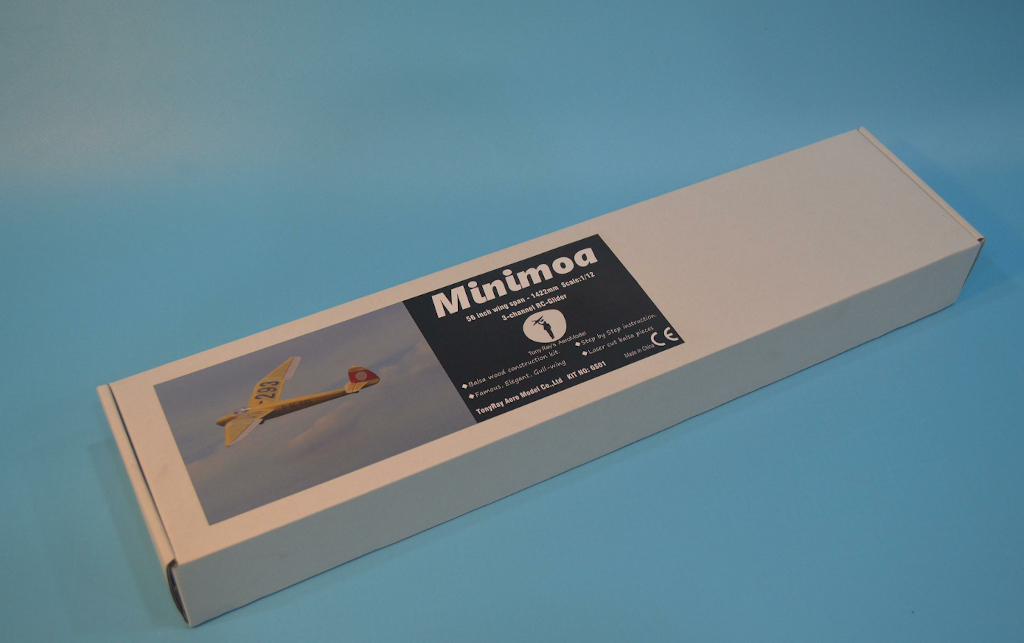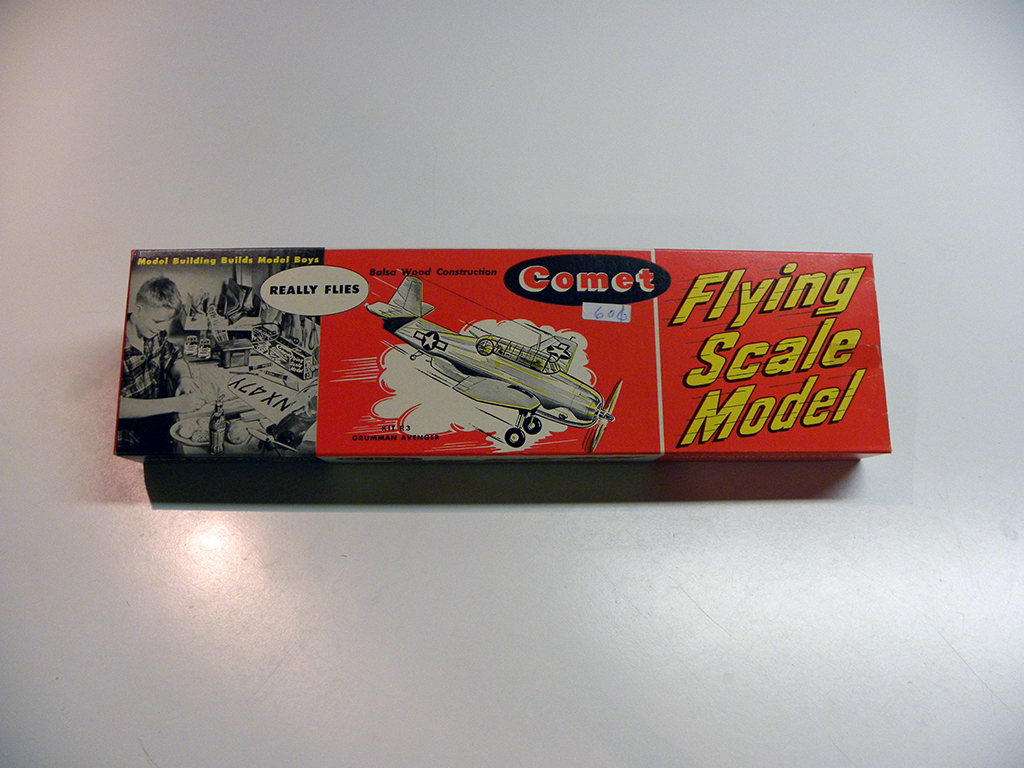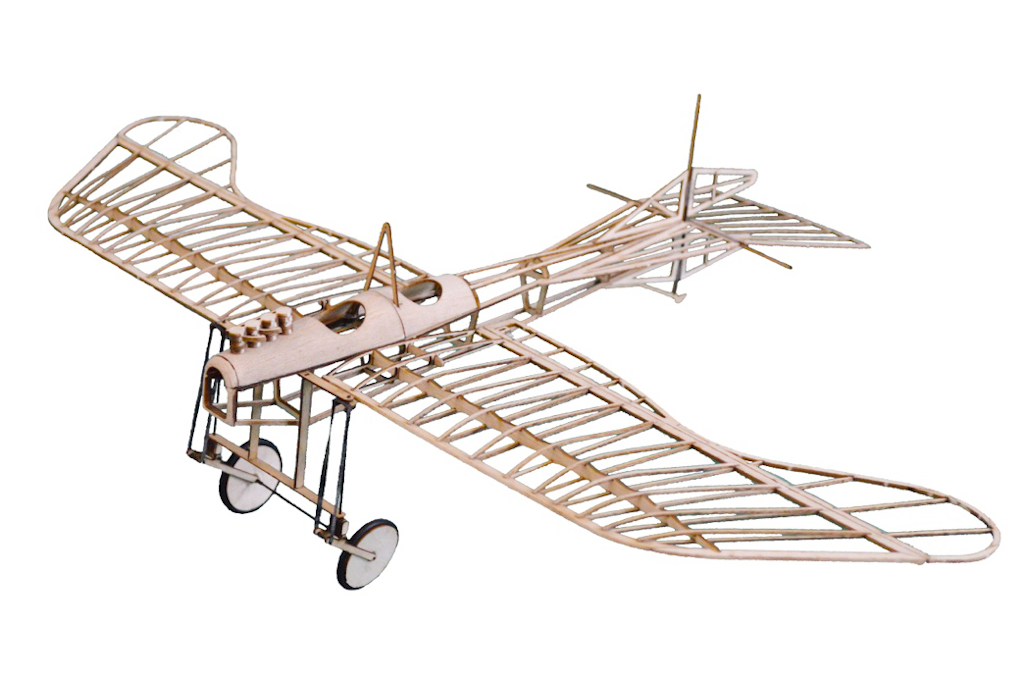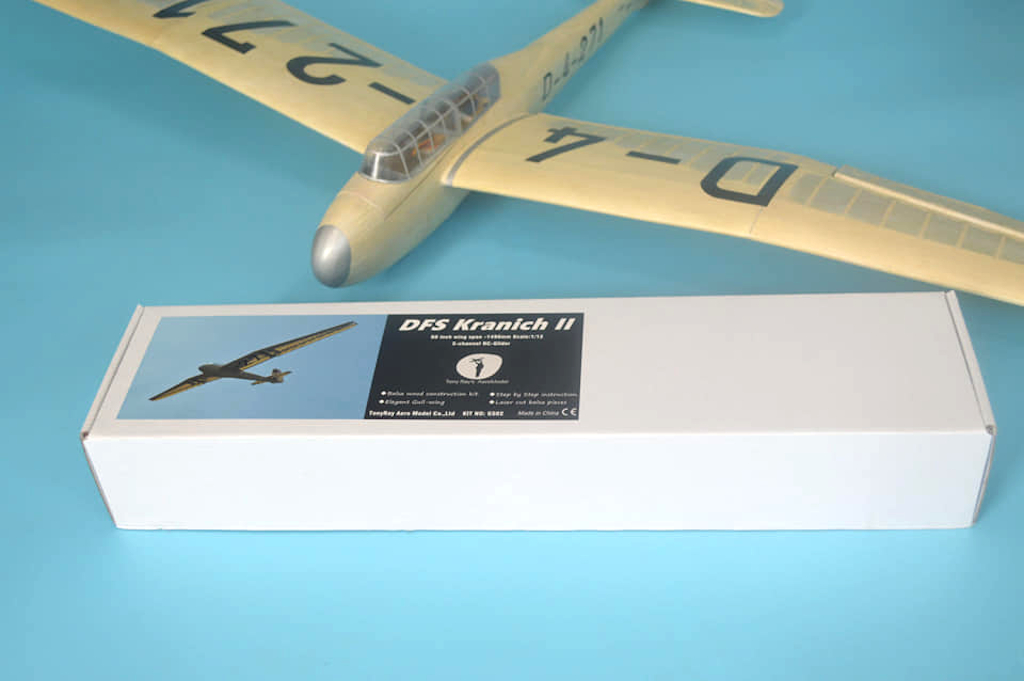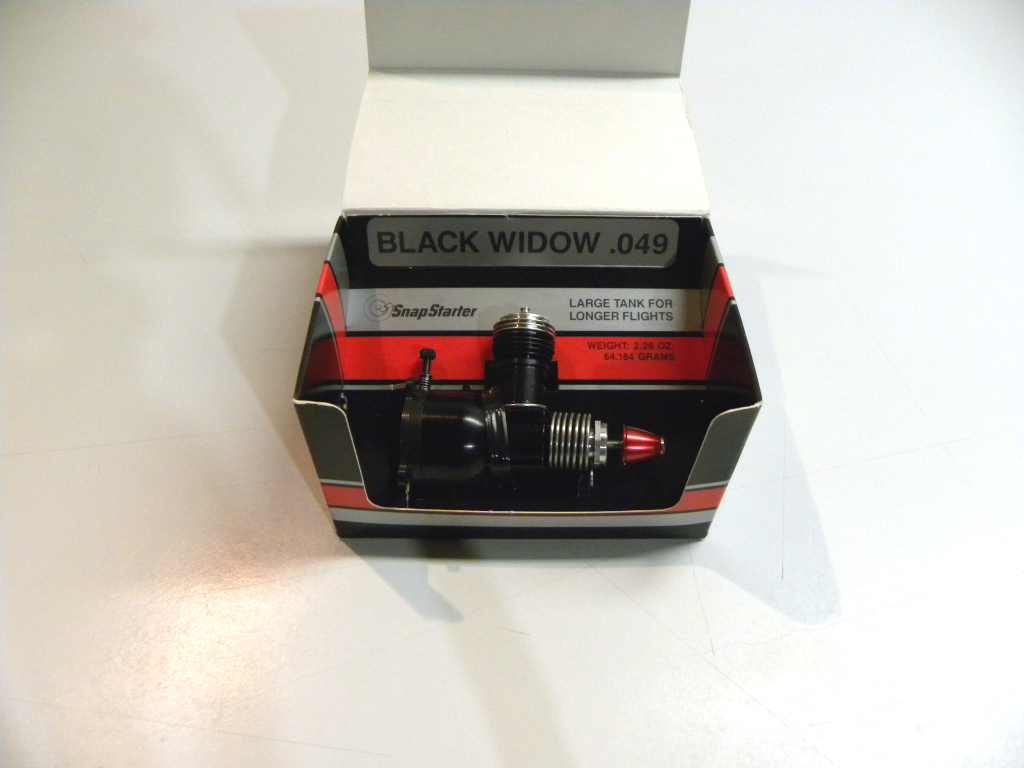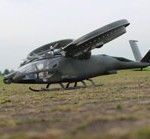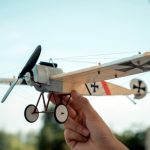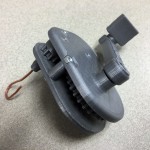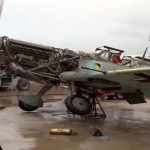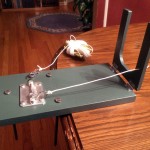The premise of this post may seem a bit depressing, but in reality, I guess you could say it’s about setting priorities.
My 70th birthday a couple months ago has been playing some mind games with me. Specifically, it has me facing the reality (that I’ve known for quite some time now), that even if I live another 70 years, there is no way I will be able to build all the kits that I’ve managed to stock in my ‘To Be Built’ kit inventory. More specifically, and this is the ‘depressing’ part, I’ve wondered what if something were to happen to me tomorrow and I could no longer build models, which kit would I most regret not having built.
In actuality, that question is pretty easy for me to answer. However, in my case it is actually 2 kits but there is a ranking for each of them.
I think I was around 14, and I know I was a Freshman in High School (1968-1969), when I was introduced to this model plane building hobby. Somehow, and my memory fails me here, I came to own my first ever plane kit, a Guillow’s stick and tissue ‘German Fokker D7 World War I Fighter‘ biplane (Kit WW-4)
(Click on photos to zoom in on them)
The thing that I remember the most about this kit was being so intrigued with the building plans sheet. The entire plane was laid out on this sheet and step-by-step illustrated building instructions showed how I could take sheets and sticks of balsa and turn them into a free flight airplane that, in theory, would actually fly! That sheet of building plans was to me the most magical part of the entire model kit.
Well, I did build the biplane. However, I was working alone, with no mentor or fellow builders, and I didn’t even know about modeling magazines and the wealth of modeling information contained in them. I was completely on my own. A rookie builder with no experience, no tools, and no guidance. All I had were those building plans. But, as I said, I did build the biplane, with wing and tail warps, crinkled covering, and in desperate need of finish sanding and something other than a heavy brush to apply the dope with. It never flew. Not that I didn’t try. But in later years, I learned that even if I had built it with a much greater skill level which overcame all my building issues, getting it to actually fly would have been a challenge given that Guillow’s kits are noted for being so heavy out of the box that getting many of them to fly is problematic at best. But I was hooked.
I went on to continue building more planes all while building my skills bit by bit. The wing warps continued to vex me so not much of anything else I built flew any better than the Fokker. But I really enjoyed the building. And along the way, I learned about COX plastic planes that flew by this system called ‘Control Lines’ and which were powered by these small .049 glow engines. That was another whole modeling world for me to discover, planes that really flew…well, sort of!
I also discovered model magazines, specifically ‘Flying Models‘ and ‘Model Airplane News‘. I couldn’t afford to buy them each and every month but I did manage to buy an occasional issue. And in one of those magazines, I saw an add for SIG. The Iowa model plane kit manufacturer had an ad specifically for a line of control line planes that you could build yourself (unlike the pre-built plastic COX planes). And in that ad, there it was. A P-47 Thunderbolt! And a Spitfire! WOW! Two awesome scale control line planes that I could build and fly myself. I ordered a copy of the SIG catalogue.
By now it was 1971 and I was in my Junior year of high school with a part-time job which enabled me to afford to buy one plane from SIG along with a Fox .15 glow engine to power it. I was entering the big leagues! But which plane to buy, the P-47 or the Spitfire? The Thunderbolt won out!
My building skills had also improved to the point where I was able to build a decent looking model plane. But my building skills still had some deficiencies which came to bear during my first attempts to fly my newly build P-47 Thunderbolt. During the build, I found I had some extra balsa blocks so I did what any good builder would do (NOT!) and I added them around the internal fuel tank so as to better support it during flight (like I said, I was working by myself on these builds!). The rounded edge planking strips used to plank the fuselage added yet another layer of ‘support’ around that fuel tank. The plane was finally ready to fly. Here are the results of my first ever scale control line build:
The new Fox .15 engine ran great and my P-47 took to the air! But after 3/4 of a lap the engine quit and the plane came down for a landing. This same issue repeated itself every time I attempted to fly the plane. Yet the engine ran perfectly thru an entire tank of gas when I ran it on the ground. I was clueless. Some many weeks later, I realized the issue. I had installed the fuel tank backwards so that after launching the plane, once centrifugal force built up (coincidentally after 3/4 of a flight lap) the fuel pickup in the tank would be starved of fuel causing the engine to quit! My only option at that point was to reverse the fuel tank in the plane. But remember those extra balsa blocks? And the rounded edge planking strips on the fuselage? I would need to do a major gutting of the entire front end of the plane in order to access and reorient the fuel tank. It was not to be and my beautiful P-47 would never fly again. Instead, it hung from the ceiling of my bedroom until I went into the Marine Corps. My mother threw the plane out during a subsequent house move. And I vowed that someday I would rebuild another P-47 only this time with the fuel tank installed correctly!
And all that takes me back to my original question: ‘If something were to happen to me tomorrow and I could no longer build models, which kit would I most regret not having built?‘. Over the years, I reacquired another SIG P-47 Thunderbolt kit and another Guillow’s Fokker D7 kit. It has been my desire to rebuild each of these kits but build them correctly based on my now 50+ years of model building skills and experience. And between the two of them, the P-47 Thunderbolt is the Number 1 kit that I would regret not building. And while it is right up there on my ‘To Be Built’ kit list, the Fokker D7 comes in 2nd place behind the P-47.
And remember that Spitfire kit? The one that got edged out by the P-47? Well, over the years I also acquired one of them! And that brings that kit in at #3 on my list of regrets.
So, once I have completed clearing off my workbench to the point where I can fit another model build on it, I will be starting a second build of that beautiful SIG P-47 Thunderbolt. This time it will be powered by a brand new VECO .19 glow engine. And this time the fuel tank WILL be installed correctly!
So here they are. Two for the road laid out in build sequence with a third thrown in to boot. It is a matter of priorities.


